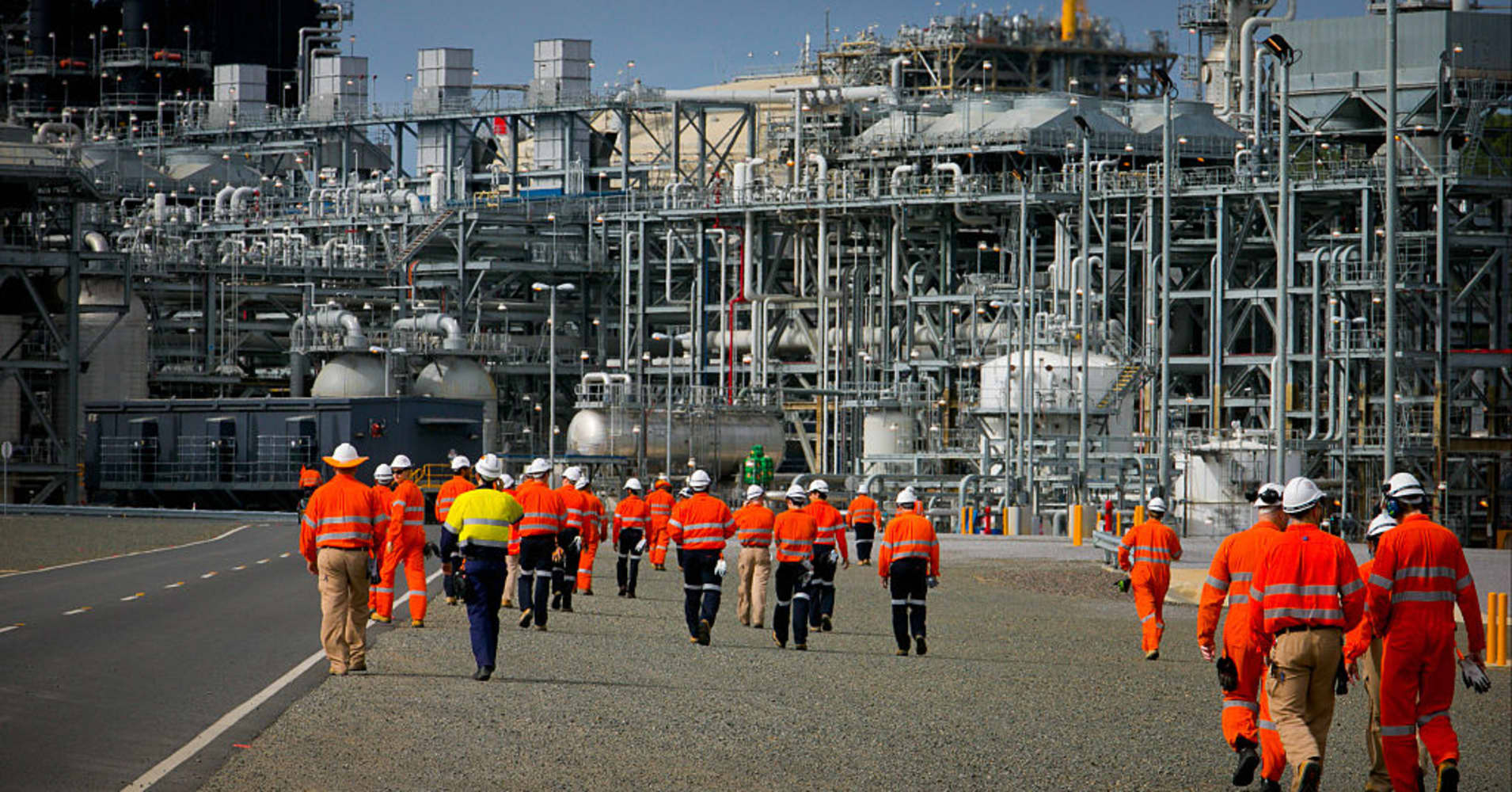
Australia`s labor market strengthened for a fourth month in June led by a remarkable comeback in full-time jobs — an upbeat outcome that could bring nearer the day when the country`s central bank starts considering a rate hike.
The data will offer much-needed relief to the Reserve Bank of Australia (RBA) which has been fretting over a "mixed" jobs performance while leaving interest rates at a record-low 1.50 percent since last August.
Thursday`s data from the Australia Bureau of Statistics (ABS) showed the unemployment rate steadied at 5.6 percent as 14,000 new jobs were added.
The gain in employment was led solely by a jump in full-time work, which has risen by 115,400 positions in the past two months — the strongest back-to-back increase in 29 years, and a dramatic turnaround on 2016 when full-time jobs actually fell by 23,100.
"That`s a sign of strength in the labor market," said AMP Capital Chief Economist Shane Oliver. "For those looking for an imminent rate hike by year end, it supports their case."
Thursday`s labor data coincided with a measure of business conditions jumping to its highest level since early 2008 in the June quarter. Firms also reported an increase in labor costs and hiring intentions.
The Australian dollar rose briefly on the data, but was rebuffed by stiff chart resistance at 80 U. It was last at $0.7942, and up a hefty 1.4 percent for the week.
AMP`s Oliver and some other economists are not convinced the time is ripe for a rate increase because they see plenty of spare capacity in the labor market.
The underemployment rate, which measures people wanting to work more hours, was still near record highs while the participation rate edged up in June as more people went looking for jobs.
That is likely to keep a lid on wages growth which is languishing at an all-time low, and put downward pressure on inflation which remains below the RBA`s 2-3 percent target band.
Still, the RBA was confident of a turnaround in the economy with the labor market showing signs of life together with a pick up in business investment, minutes of its July policy meeting showed earlier this week.
The minutes also revealed that board members discussed the estimated neutral policy interest rate — which neither stimulates the economy nor retards it — pegging it at 3.
Overall, that was interpreted by some in the market as a hawkish message.
Asked on radio about the prospect of rates rising to 3.5 percent, Prime Minister Malcolm Turnbull implied a message was being sent.
"They`re not saying that they`re going to do that tomorrow but I think they`re sending a signal which is probably prudent, which is to say: `Ladies and gentlemen just be aware rates are more likely to go up than go down.


0 comments:
Post a Comment